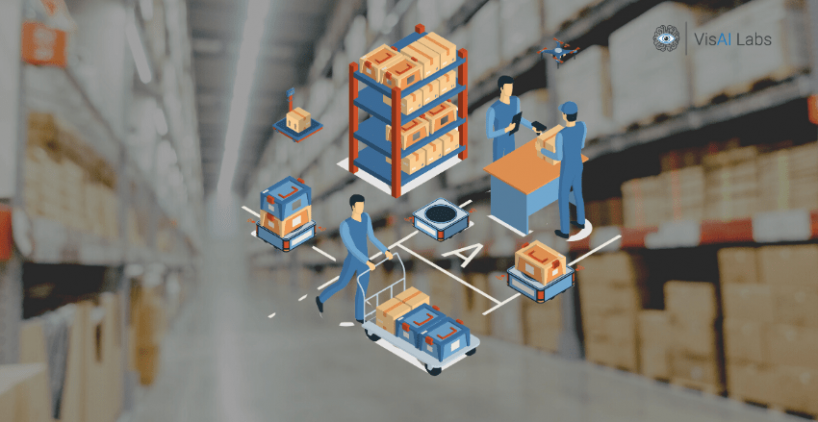4 ways the automated dimensioning systems can raise warehouse profitabilit
Summary
Written for:
- Logistics Specialist:
Working with suppliers and consumers to complete the shipment, knowing the Supply Chain and Logistics market patterns and the effect of AI in their core domain.
- Warehouse Automation Manager:
Understanding how AI is changing warehouses and how it is possible to make their work simpler and ensures the safe and successful storage and delivery of warehouse goods.
- Operations Specialist:
Ensure that the warehouse is managed smoothly and efficiently by processes and regular functions. Focus on the enhancement of productivity through automation and improvement of business processes.
Introduction
Why eCommerce companies rely on warehouse automation?
What Is an automated dimensioning system?
The automated dimensioners solution calibrates the dimensional and weighing data of packages of varied sizes and shapes such as a cube, cuboid, polybags, and irregular boxes. These solutions are consistently adopted by warehouse, logistics providers, and distribution centers. The automated dimensioning solution aims to calculate the products’ dimensions to optimize the space in the warehouse. These automated dimensioners come in two different types such as package dimensioners and parcel dimensioners.
The package dimensioners, otherwise called automated package dimensioning systems, calculate packages’ dimensional data and DIM weight. These package dimensioners are paired with 2D cameras, weighing scales, and barcode scanners to navigate the product’s location and capture the packages’ high-quality image to complete the shipment process.
The parcel dimensioners are also known as automated parcel dimensioning system, measures the dimensional data and DIM weight of small and medium sized parcels. These sort of parcel dimensioners are installed as stand-alone units to estimate the calibration tasks in a shorter period than the traditional dimensioning method.
4 ways that automated dimensioning systems aid to uplift profitability in the warehouse
- Increased throughput:
With a detailed dimensioning report, we can optimize various warehouse operations like picking, put away, and estimating the truck’s space to load pallets. By deploying automated dimensioning systems, we can automate whole inbound processes.
- Increased accuracy and operation efficiency:
Inaccurate measurements are a common pitfall where most warehouse owners spend on pointless shipping charges. In traditional dimensioning, the warehouse employees use a tape and ruler to measure the dimensional data such as length, breadth, width, and height of the parcel, which is a tedious process. The automated dimensioning solution aids in generating an exact measurement of products, and with this, we can quickly accelerate the warehouse operation efficiency.
- Easy and low-cost integration:
It would be best to choose a piece of equipment that can easily integrate with the other systems and software. By doing so, you can reduce recurring installation charges. With the automated dimensioning system, you can integrate other devices such as weighing scales, barcode scanners, and WMS/ERP system applications to perform several operations at once.
- Saves time and unnecessary shipping cost:
Time is the essential resource of the production phase. When a customer decides to buy a product, he/she initially checks for the estimated delivery date, and with the specified delivery date, the customer finalizes to purchase the product. Every customer goes through this loop. With automated dimensioning systems, we can easily calibrate dimensional product data and deliver the product to the customer’s doorstep at the right time.

Future of warehouse and logistics industry
- Real-time tracking
- 24/7 working patterns
- Accurate demand forecasting
- Clarifying stock demand value
- Rapid response to the supply chain issues
- Manage complexity and optimization in picking and storage methods.
